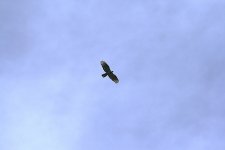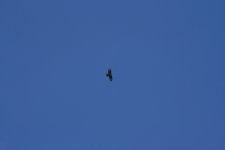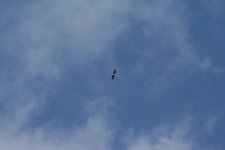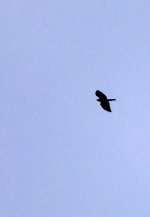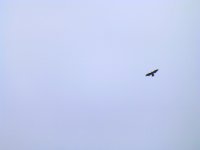Whilst holidaying in North Wales during July and August I came across some birds which i was seeing regular, most of my photos turned out to be common buzzards but these looked different, showing them to a friend he said they could be Honey Buzzards.
There were two birds there not sure if they are both in these shots or just the one bird , any help much appreciated
There were two birds there not sure if they are both in these shots or just the one bird , any help much appreciated




